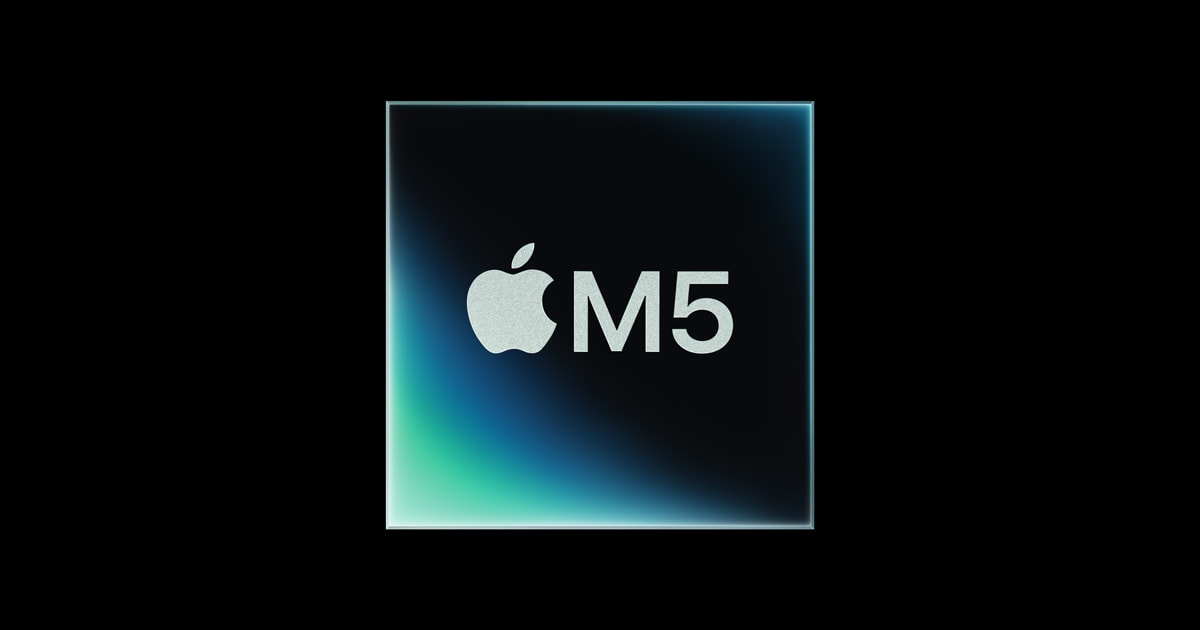Apple has once again impressed tech enthusiasts with its latest announcement of the M5 processor, heralded as a significant leap forward in AI performance for Apple silicon. The M5 chip boasts a plethora of improvements over its predecessor, the M4, such as a next-generation 10-core GPU architecture with a Neural Accelerator in each core. This innovation enables GPU-based AI workloads to run over 4 times faster compared to the M4, delivering a truly powerful computing performance.
By utilizing third-generation 3-nanometer technology, the M5 chip is capable of enhancing nearly every aspect of computing with its advanced features. Apple has integrated a more powerful CPU, a faster Neural Engine, and significantly higher unified memory bandwidth into the M5 chip. These enhancements translate to up to 15% faster multithreaded performance over the M4, showcasing the chip's robust capabilities.
One of the standout features of the M5 chip is the emphasis on AI and graphics performance. The next-generation GPU architecture, optimized for AI, includes a dedicated Neural Accelerator in each core, resulting in exceptional peak GPU compute performance compared to previous iterations. The M5 chip enables a 30% increase in graphics performance over the M4, while also introducing third-generation ray tracing capabilities that enhance visual experiences significantly.
Apple's focus on integrating the M5 chip seamlessly with its software frameworks sets a new standard for performance optimization. Applications utilizing Apple frameworks like Core ML, Metal Performance Shaders, and Metal 4 will experience immediate boosts in performance. Additionally, developers can directly program the Neural Accelerators using Tensor APIs in Metal 4, providing them with tools to create innovative solutions for their applications.
The faster 16-core Neural Engine in the M5 chip plays a vital role in powering intelligent features and enhancing AI performance across a range of applications. This efficient Neural Engine complements the Neural Accelerators in the GPU and CPU, contributing to M5's fully optimized AI capabilities. From transforming 2D photos into spatial scenes to generating Personas, the M5 chip's Neural Engine ensures swift and efficient processing of AI-powered tasks.
Moreover, the M5 chip's unified memory bandwidth of 153GB/s represents a nearly 30% increase over the M4, facilitating the seamless operation of larger AI models entirely on the device. This elevated memory capacity equips users to run demanding creative applications simultaneously while maintaining optimal performance levels. The M5 chip empowers devices like the new 14-inch MacBook Pro, iPad Pro, and Apple Vision Pro to excel in handling complex tasks efficiently.
Beyond performance enhancements, Apple has also prioritized environmental sustainability with its Apple 2030 initiative. By leveraging the power-efficient performance of the M5 chip, Apple aims to reduce product emissions and promote energy efficiency across its product lineup. The M5 chip enables the new MacBook Pro, iPad Pro, and Apple Vision Pro models to align with Apple's commitment to minimizing environmental impact.
With the launch of the M5 chip, Apple continues to lead in innovation, offering users enhanced AI performance, graphics capabilities, and overall computing efficiency. The M5 chip's integration into the latest Apple devices signifies a significant step forward in pushing the boundaries of technological advancement while staying committed to environmental sustainability. Apple enthusiasts can now explore the possibilities that the M5 chip unlocks in their computing experience, heralding a new era of performance and efficiency in Apple products.

